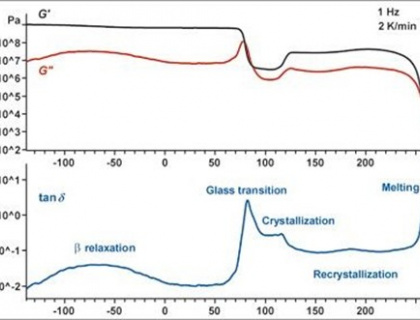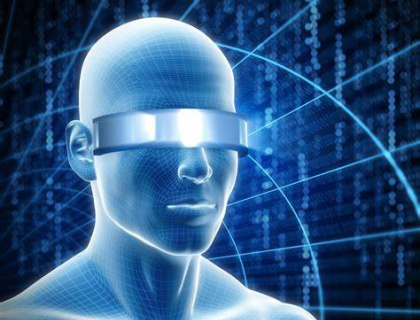Product development is the process of creating new products or improving existing products in order to meet the needs and wants of customers. It involves a series of steps from ideation to commercialization, and may vary depending on the industry and product being developed.
The product development process typically includes the following stages:
-Ideation: This stage involves generating and collecting ideas for new products or improvements to existing products. Ideas may come from a variety of sources, such as customer feedback, market research, or internal brainstorming sessions.
-Concept Development: This stage involves evaluating and refining the ideas generated during the ideation stage. Concepts may be developed through sketches, prototypes, or mock-ups, and may be tested with potential customers to gather feedback.
-Design and Engineering: This stage involves creating detailed designs and engineering specifications for the product. This may include developing 3D models, creating engineering drawings, and determining the materials and manufacturing processes needed to create the product.
-Testing and Validation: This stage involves testing the product to ensure that it meets customer requirements and industry standards. This may include testing for durability, safety, performance, and user experience.
-Production and Manufacturing: This stage involves setting up production processes and manufacturing the product. This may include sourcing materials and components, building production facilities, and training personnel.
Launch and Commercialization: This stage involves introducing the product to the market and promoting it to potential customers. This may include creating marketing campaigns, setting pricing strategies, and building distribution channels.
Throughout the product development process, it is important to consider factors such as market demand, competition, regulatory requirements, and production costs. Successful product development requires a cross-functional team that includes designers, engineers, marketers, and other professionals working together to create products that meet customer needs and exceed their expectations.

Mechanical analyses refer to the study and characterization of the physical properties of materials or systems under mechanical stress, deformation or loading.
Read moreMechanical analyses refer to the testing or analysis of the mechanical properties and behavior of materials or structures under applied stress, deformation, or load.
Read more
Virtual reality (VR) is a technology that allows users to experience a computer-generated 3D environment as if they were present within it. In the context of design offices, VR can be used to enhance the design process by providing designers with an immersive, interactive, and collaborative environment in which to view and evaluate their designs.
Read more